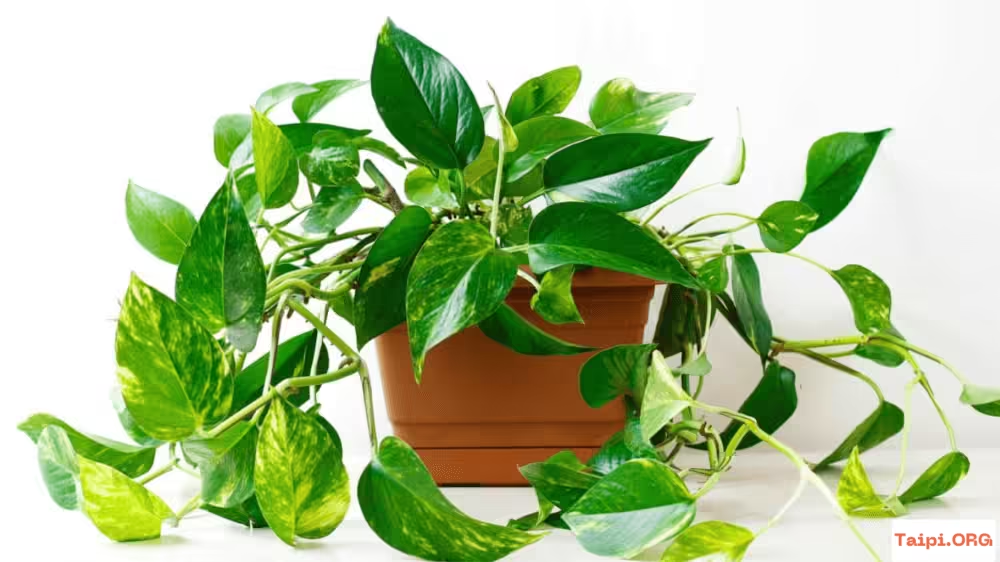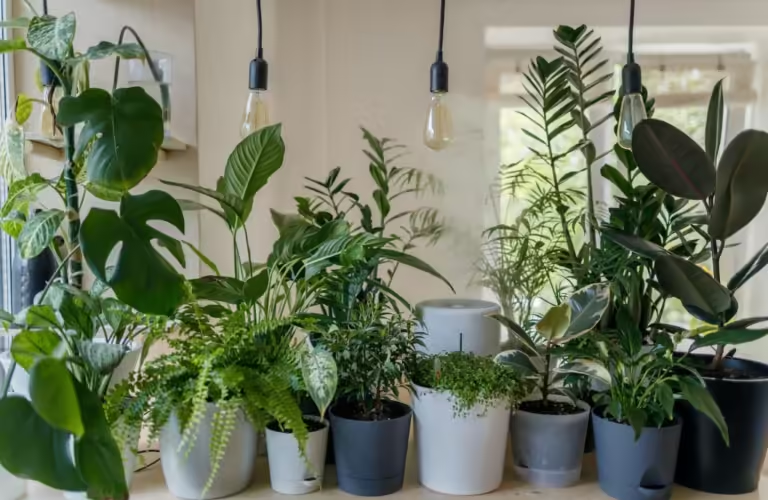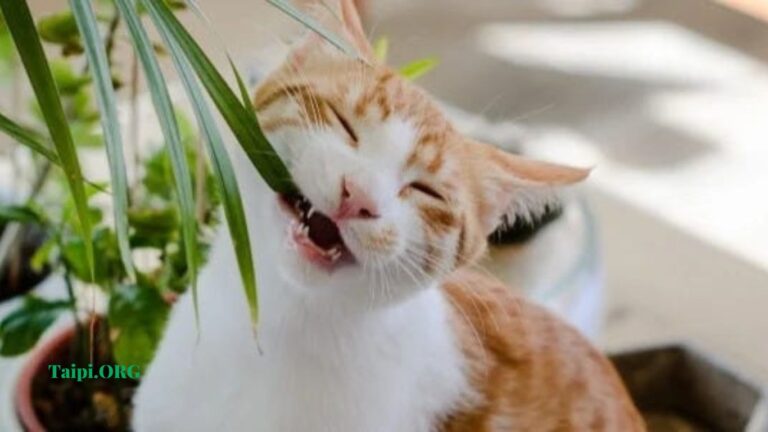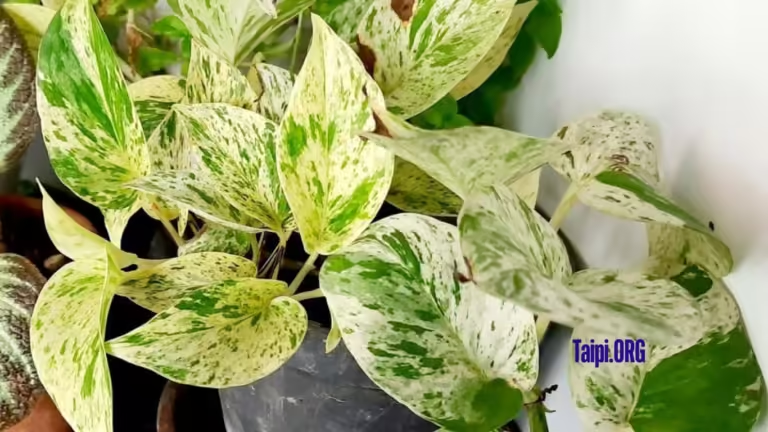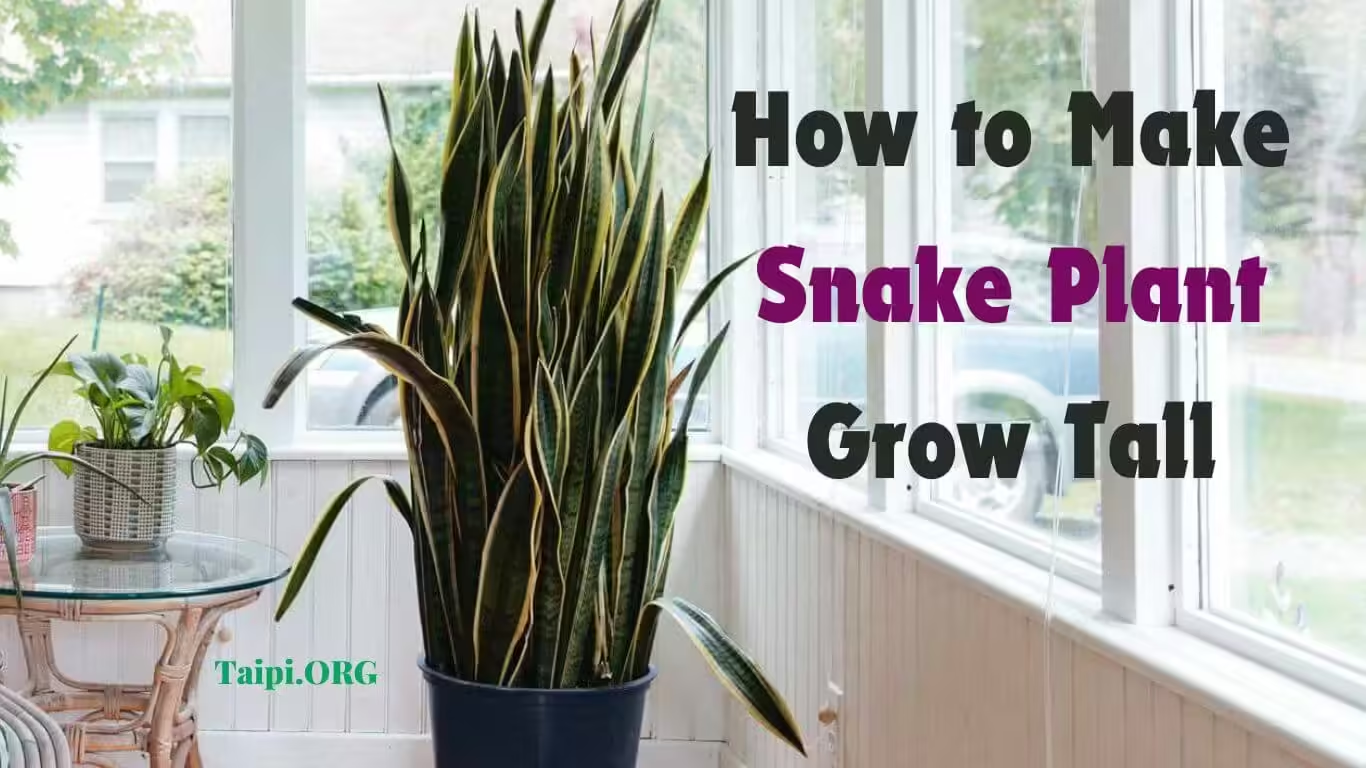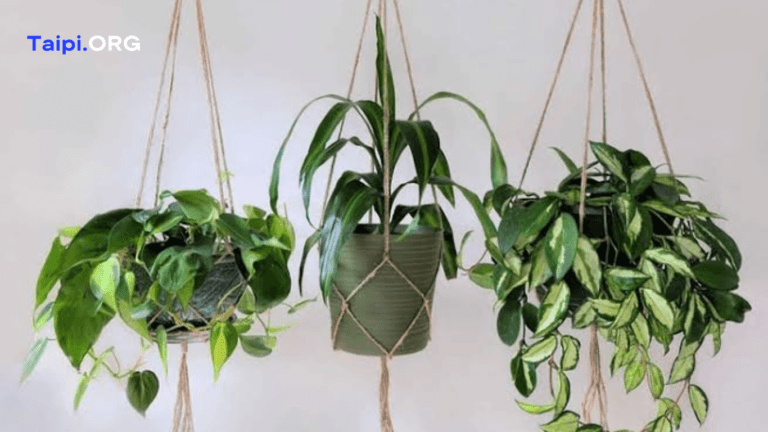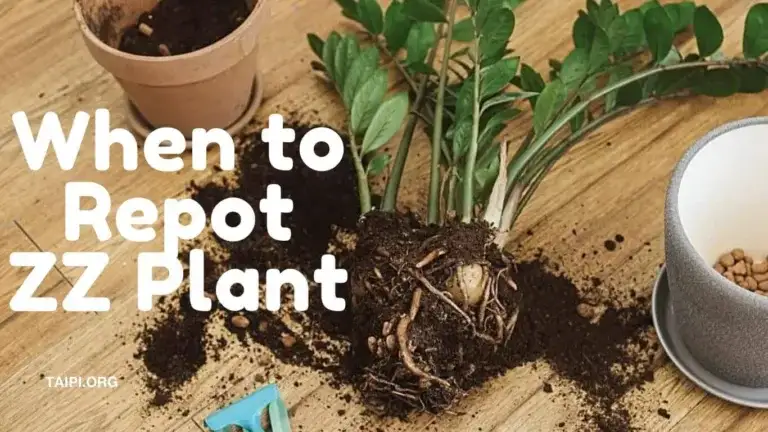Indoor Plants Transform Home Aesthetics, – Cheng
INDOOR plants have evolved beyond mere home decor accessories. In recent years, they have emerged as a significant trend that profoundly influences the aesthetics and ambiance of living spaces.
The likes of kentia palms, fiddle leaf figs, and monstera Swiss are now integral components of household environments.
Others on the list include Cheese plants, bird of paradise, rubber plants, money trees, corn plants, and snake plants.
These green companions play pivotal roles in elevating interior design quality and enhancing overall living environments.
Related: How to Care for the Red Bromeliad
Prized Indoor Ornamentals You Can Try

Among the diverse array of indoor greenery, philodendrons stand out as prized ornamentals.
Beyond their varied forms, they garner admiration for their easy maintenance. Most require only the right balance of light, water, and monthly fertilizer to thrive.
The simplicity of nurturing these indoor plants has endeared them to many, making philodendrons a favored choice among plant enthusiasts.
In a recent UK study, a fascinating observation was made. It highlighted that certain indoor plants such as anthurium, pothos, and heartleaf philodendrons thrive in high-humidity environments, particularly in bathrooms.
Surprisingly, these plants were found to grow up to five times larger, challenging conventional notions of indoor plant placement.
However, the debate surrounding the favorability of bathroom humidity for plant growth ensued.
While weighing in, houseplant expert Darryl Cheng of the Houseplant Journal, observed that bathroom humidity might be transient.
Cheng proposes a strategy of rotating plants between the bathroom and well-lit areas.
According to the expert, doing so strikes a balance between light exposure and photosynthesis. The result is providing an alternative perspective to the humidity debate.
The intricate interplay between indoor plants and home décor continues to attract attention and elicit reactions among houseplant enthusiasts such as Israel Ojoko of the BNN Network.
In his article, Mr. Ojoko believes the growing significance of the relationship between indoor greenery and the design of living spaces is headed in the right projection.

